As I sit here writing this, Hurricane Laura is still wreaking havoc in western Louisiana.
Category 4 is one of the strongest that has ever hit the United States. And the strongest to hit Louisiana since 1969. We all talk about how bad Hurricane Katrina was, but it was only a Category 3 when it made landfall, even though it reached the point of Category 5 winds in the Gulf.
It could have been different for me, as the original storm track for Marco had it making landfall close to my home town. That would have made it the second hurricane in just over a month, but Marco turned north. Laura making landfall has set a record, as this is the first year in recorded history where seven named storms have reached the United States before the end of August, as well as being the first time in history where two named storms were in the Gulf of Mexico at the same time. Who knows what the rest of the hurricane season has in store for us?
This Device Easily Turns Air Into Water!
We can laugh it off as this being 2002 and what else could we expect, but I’m sure it’s not that funny for those whose homes and communities have been destroyed. Yes, I said communities. Early reports from Louisiana say that entire communities have been destroyed by Laura, as the hurricane came ashore. This is reminiscent of the hurricane that destroyed the town of Matagorda in 1886.
About a million and a half people were ordered to evacuate the hurricane’s path in Louisiana and Eastern Texas. Of that, only about a third followed those orders and evacuated. Of the rest, we have yet to see how many made it through okay and how many were killed by the storm.
It’s the Water, Not the Wind
When we talk about hurricanes, we typically talk about the wind. After all, it’s the high winds, circulating around the eye, which makes it a hurricane. That’s so important, that we categorize the hurricane by the wind speed. But the wind really isn’t the biggest problem for us to contend with.
Hurricane-force winds can be highly destructive, throwing objects around and breaking windows. Normal windows can only withstand winds of 70 MPH, so even the weakest of hurricanes are strong enough to break unprotected windows. But that’s not all the destruction that hurricane-force winds can cause; hurricanes have been known to lift roofs right off of houses. That’s why homes are built with hurricane clips holding the roof structure in place.
But the real damage from hurricanes comes from the water, not the wind. When government officials call for a general evacuation due to a hurricane, it’s not because of the wind, but rather due to the storm surge. When hurricane Irma was heading for Florida in 2017, then-Governor Rick Scott called for an evacuation of the entire state. That was because the expected storm surge was as much as 20 feet, while the average altitude of the state of Florida is only six feet above sea level.
In the case of Hurricane Laura, storm surge was also expected to reach as much as 20 feet and move as far as 40 miles inland. That means for anyone living along the coast, the water would be roughly 14 feet above their heads. Even if they went up to the second floor of their homes, the water would still be over their heads, drowning them.
I remember watching the videos from the tsunami that destroyed the Fukushima Daiichi nuclear power plant in eastern Japan in 2011. While that tsunami was supposed to be 15 meters tall, it didn’t have the appearance of a towering wave with the wavetops cascading over as the wave came close to shore. It was rather peaceful in appearance, looking more like a high tide coming in more quickly than any tide has ever risen.
Yet those seemingly gentle swells of water picked up debris vehicles and even entire buildings as it swept inland, destroying nearly everything in its path. Only the strongest of buildings, well-anchored into the ground, had any chance against the destructive force of that water.
These surges of water moving inland aren’t the only way that water can be destructive. Floods are able to bring destruction far from any ocean, starting from nothing more nefarious than rain. Yet when all those raindrops gather together, they can cause immense destruction.
How Can Mere Water be so Destructive?
It’s hard to think of water as being so destructive, but the evidence is clear. There have been countless examples of water destroying things, both during natural disasters and just through its normal flow. After all, the water created the Grand Canyon; if it can do that, we should expect that it can do just about anything.
Water weighs 8.34 pounds per gallon, which may not seem like very much when compared with other materials. Steel, for example, weighs in at a little over 65 pounds for the same volume. So how does water cause so much destruction? It’s because there’s so much of it. Each cubic yard of water is 1,700 pounds, and in a tsunami, it is hitting at a minimum of 30 to 40 miles per hour. In deep water, that same tsunami wave can be moving 500 MPH, so all that energy is piled into the water that’s hitting the shore.
While a hurricane storm surge doesn’t move at 500 MPH, the winds driving that surge can reach 150 MPH or more. So it’s still reaching ground with a huge amount of force behind it. But more than that, the water has nowhere else to go. It has to move inland and will continue to do so until it reaches an obstacle it can’t surmount or until the elevation of the ground is high enough that the surge plays out.
At the same time that all that water is moving inland, pushing against buildings, some of the water is soaking into the ground, softening it. So at the same time that the water is pushing those buildings, it is undermining the foundations that allow those buildings to stand. Between the two, it’s not surprising that the water wins the contest.
Basically the same can be said for a flooding river, where the water is flowing downhill. While that water might not be moving as fast, typically moving at about 2.7 meters per second (6 mph), there’s still a lot of it moving. The huge mass of water is all it takes to destroy, even without the water moving fast.
Protecting Your Home from Water
Our big concern with all this water is protecting our homes. Since its clear that these mass movements of rogue water are so destructive, the only thing we can do to protect our homes from damage is to make sure that the water doesn’t touch them. But is that even possible?
Probably the best thing to do, in order to protect our homes from water, is to build them on the ground that’s high enough to protect them from flooding. That’s great if you can do it, but it may not be possible. The highest point in the state of Florida is a mere 24 feet above sea level. That wouldn’t have been enough to protect a home built there from the storm surge caused in Mississippi by Hurricane Katrina.
If your home isn’t high enough to protect it from the storm surge or flooding, the next option is to surround your home with something that can protect it from flooding. Sandbags are the classic solution for this, piling them up and building a wall around the home to be protected.
In more recent times, companies have come up with alternative flood control barriers, both rigid and flexible bladders which can be filled with water or sand to hold them in place. The rigid barriers aren’t all that practical for home use, due to the huge amount of space required for storing them. On the other hand, the flexible barriers take up very little space for storage, while expanding to provide considerable protection.
There are two problems with any barrier. The first is that the water can still rise above the level of the barrier. Always make sure you have a good idea of what the expected flood level is supposed to be, before erecting a sandbag wall or other barrier. Then make sure that your barrier is not only higher than that, but give yourself a buffer as well.
The other problem is that water can seep through just about any barrier, so it’s best to plan for it. That means keeping the barrier at least far enough from your home so that you have enough room to walk around it and check for leaks. Keep a pump or two on hand as well, so that you can pump any water over the side that seeps through.
Even if you go through the trouble of erecting a barrier around your home, there’s always a possibility of water getting into it. So the next step after building that barrier is to go through your home and try to move as much as possible above the projected flood line to protect it, especially things that can be damaged by the water.
If you have a two-story home, this is fairly easy, as all you have to do in most cases is to move things upstairs. But even if you don’t have that, items can be placed on tables or shelves or even moved up into the attic. Placing water-fragile items in plastic bins that can float is another good option.
Dealing with Damage
No matter how hard you try and keep it from happening, there’s always a chance that your home will be damaged by water. Sometimes this damage is minimal, but it can often be catastrophic.
Unfortunately, the style of the home building we use here in the United States does not handle water well. Cement block, like is commonly used in many countries, can withstand flooding much better than wood-framed homes, with drywall covering the walls. Nevertheless, most homes can be salvaged, if the flooding didn’t physically break portions of the home or cause them to wash away.
Even so, the structure of the average home can survive to flood. The key is to ensure that the wood used in the structure doesn’t warp. So how do you do that?
Start by removing everything that’s damaged. In most cases, this means stripping out the drywall, pulling out insulation from the exterior walls, and removing the carpeting. Even if it seems like these items will dry out and be reusable, it’s doubtful that they will be. They’re much more likely to turn moldy, causing extra problems. You want to get them out of the home before mold can set in.
Wood trim can usually be salvaged, if it is removed carefully, without breaking it. however, there is a chance of it warping as it dries. To help prevent that, lay it flat, paint side down, and weigh it down at the ends. For longer pieces, add additional weight in the middle.
With those materials removed, you’re still going to have the exterior of your home, the subfloors, ceilings, plumbing, wiring, and HVAC ducting (fiberglass insulated ductwork may need to be removed). You’ll also have the wood structure, which is the important part at the moment.
The exterior wall structure will usually be stabilized by the sheathing and possibly the siding. But if there are any parts where there are 2”x 4” or 2”x 6” studs that are only attached to other elements at the ends, they are not stabilized. Something will need to be done to stabilize the studs so that they don’t warp. The same can be said for the interior wall studs, which rarely have anything stabilizing them once the drywall is removed.
All it takes is pieces of wood, nailed or screwed horizontally across several studs, so that they are held in place as they dry. Ideally, 1”x 4”s are used for this, but 1”x 2”s or even fence pickets (which are cheaper) will work. They should be attached to both sides of the wall so that the boards can’t twist. The idea is to have something that holds the studs straight and it really doesn’t matter what it is. If the studs are held straight, they are much less likely to twist or warp.
Rebuilding takes time and money; but if the structure is salvaged, the home can be rebuilt. That’s the key. If you’re looking at the possibility of flooding, taking the right actions will help you to get your home back, regardless of what Mother Nature throws at you.


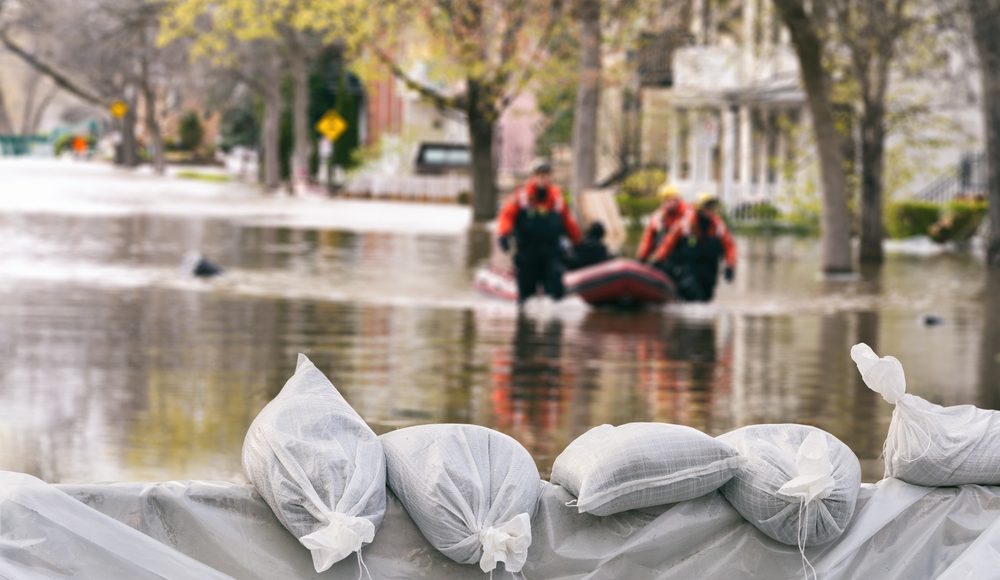
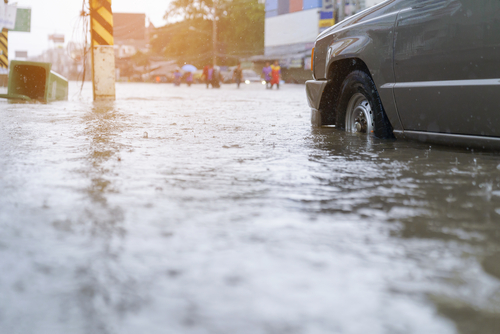
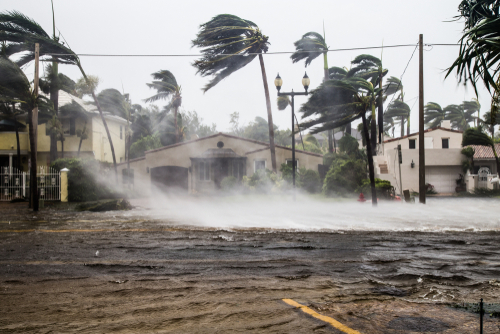
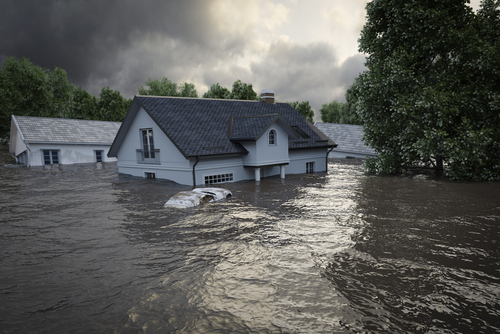

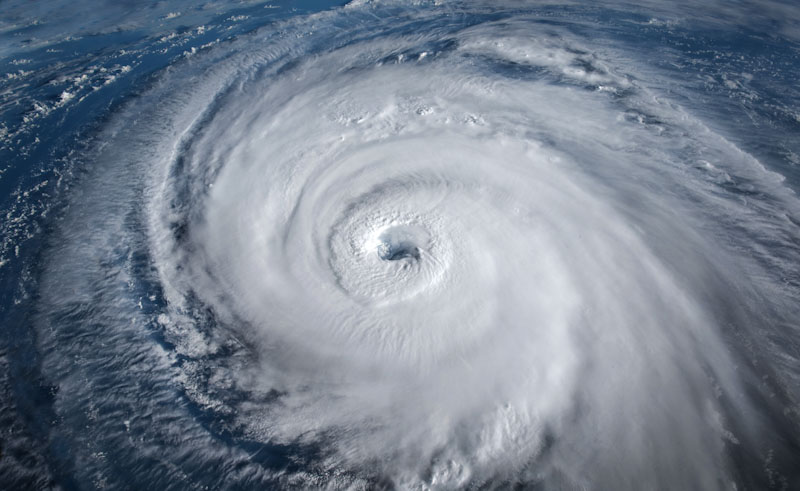
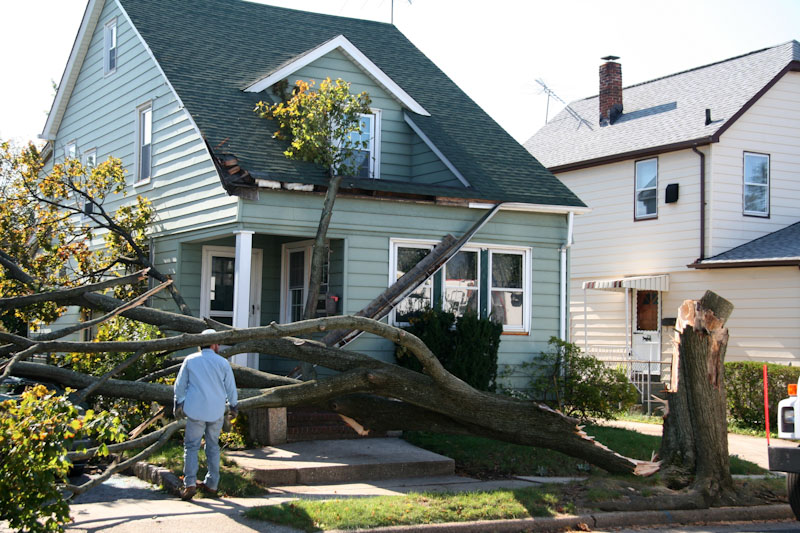
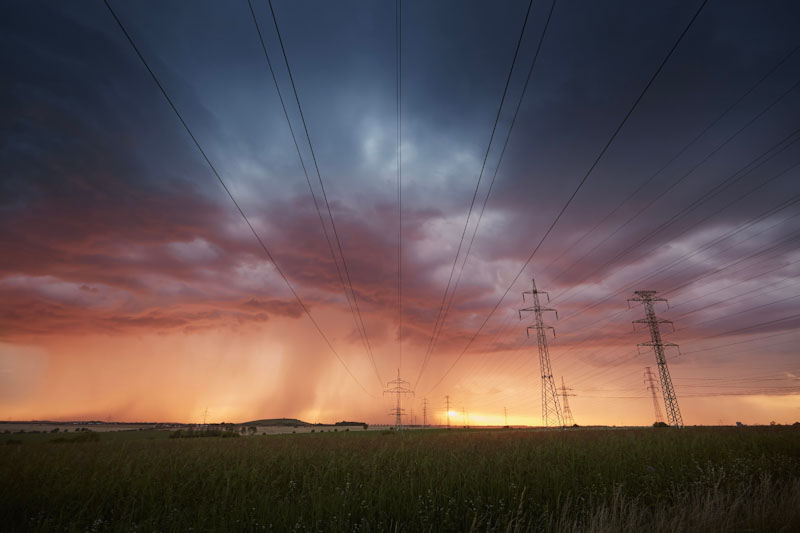
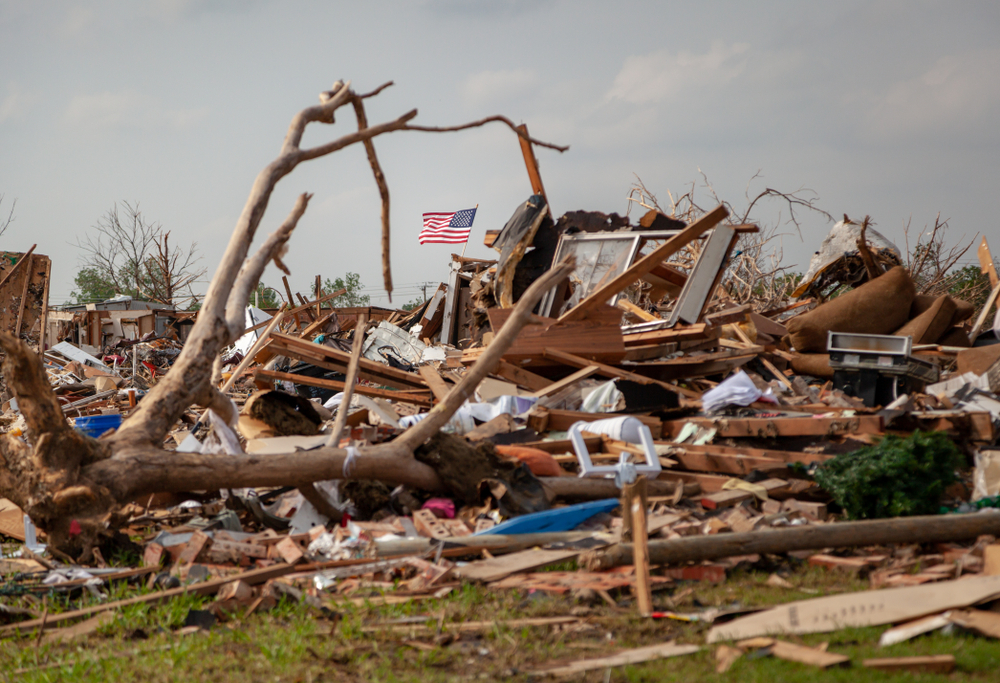

Dale | September 1, 2020
|
I saw photos of those water-filled bladder barricades, recently. The things are huge! Does anyone know how they work? Do you fill them with your garden hose, or do they come with a pump that draws water from the approaching flood to fill them? How about draining them when everything is over? Anyone have any information on them?
Chris Danford | September 5, 2020
|
Dale & Bill,
I love all the information you share as it’s great to have this info if we are ever in a survival situation. I would be remiss if I didn’t correct a piece of information about Florida shared in the article in which you stated that the highest point in Florida is 24 feet above sea lever. I live in Longwood, Florida north of Orlando and the elevation here is 75 feet above sea level and just west of Orlando, Sugarloaf Mountain is 312 feet above sea level. The highest point Britton Hill near the Alabama/ Florida state line which is 345 feet above sea level. Keep up the great work.